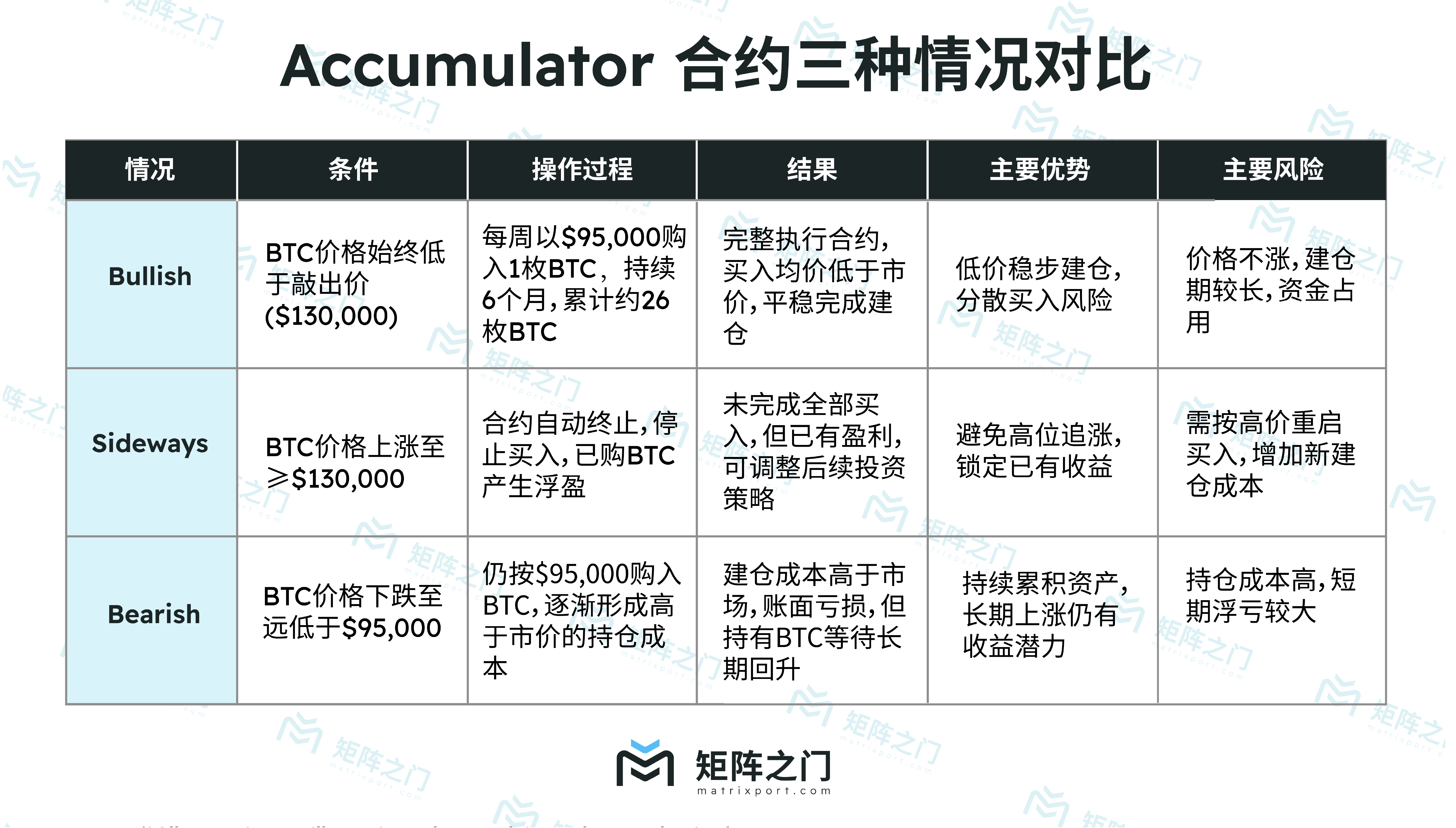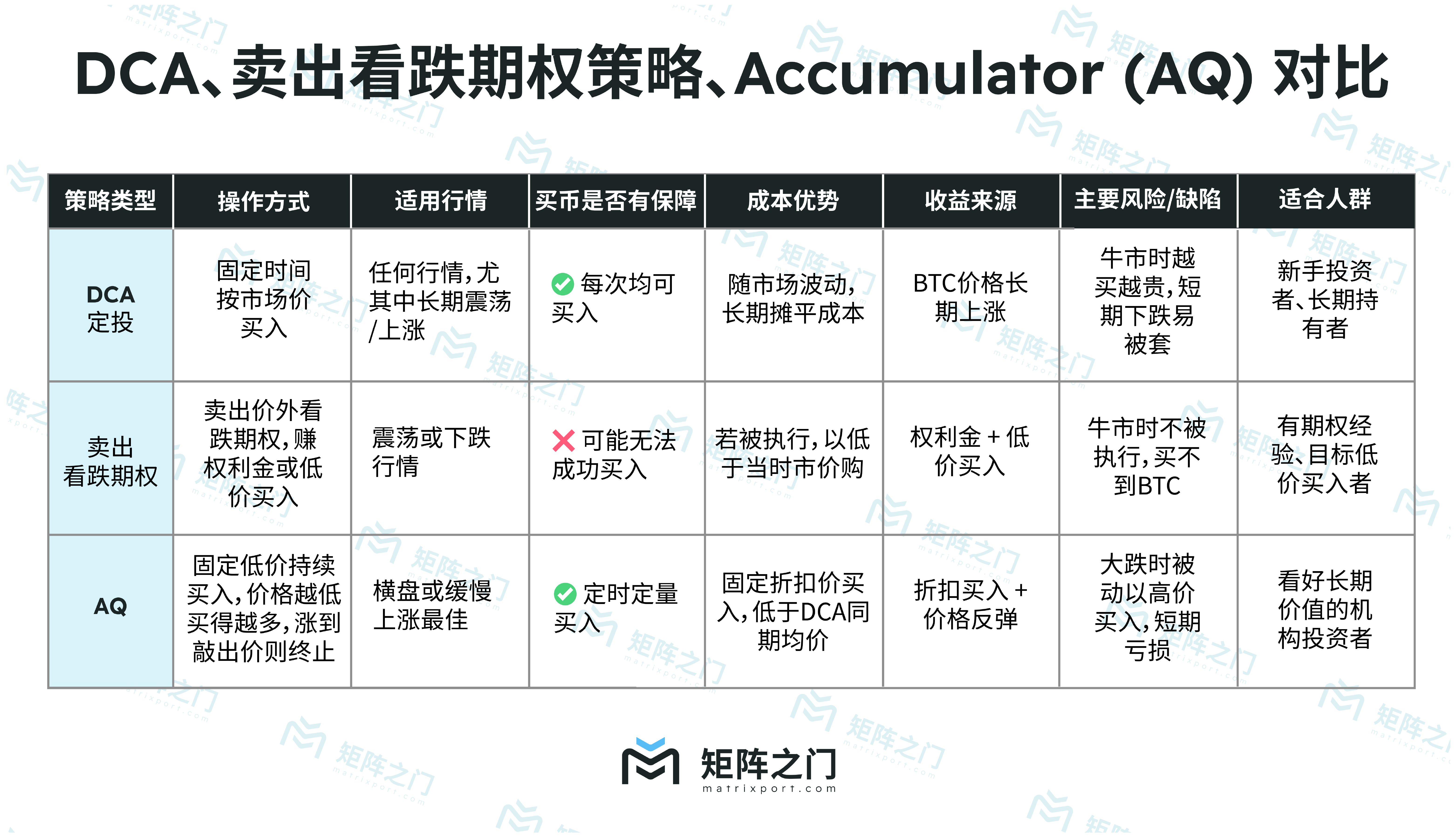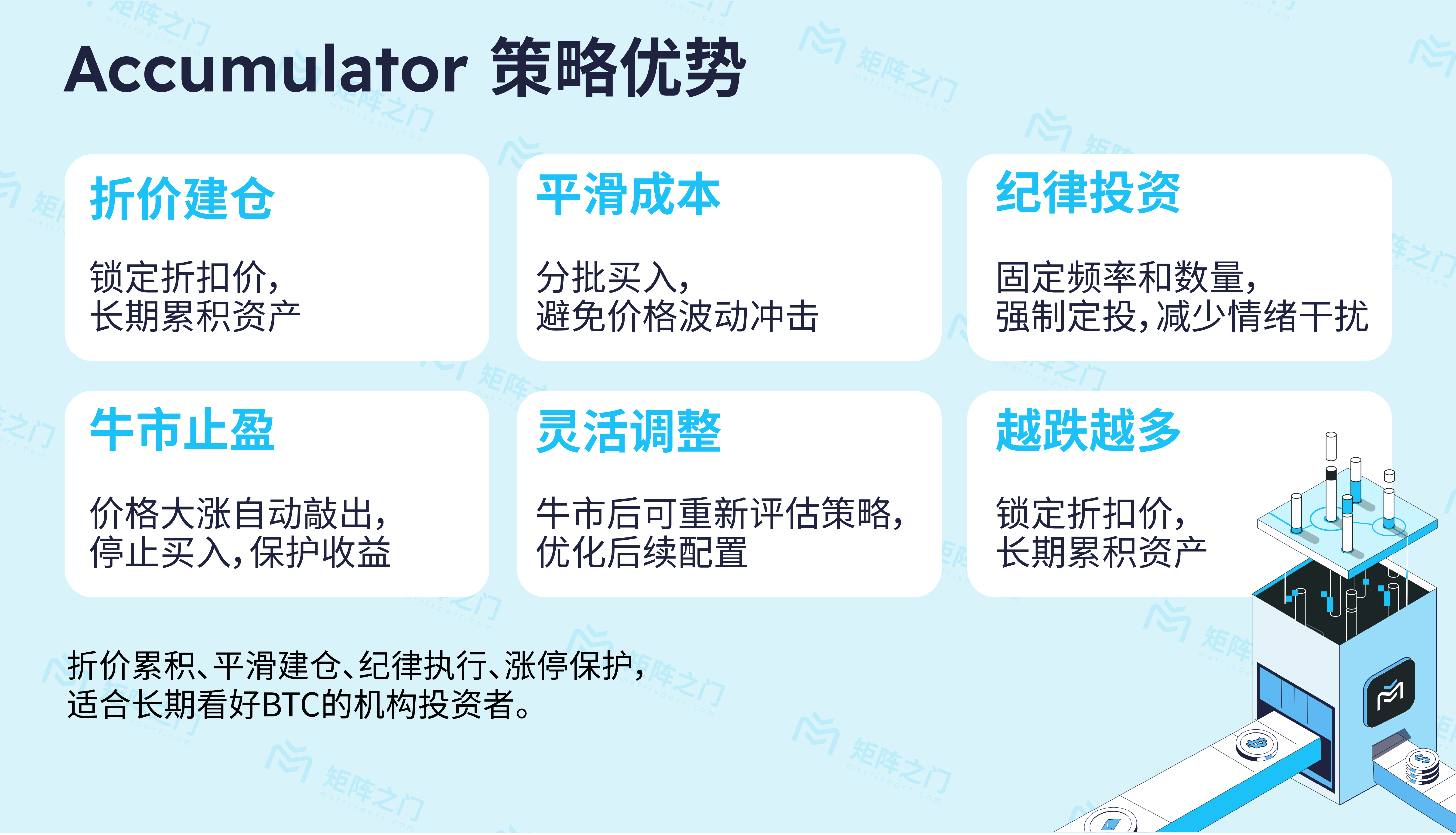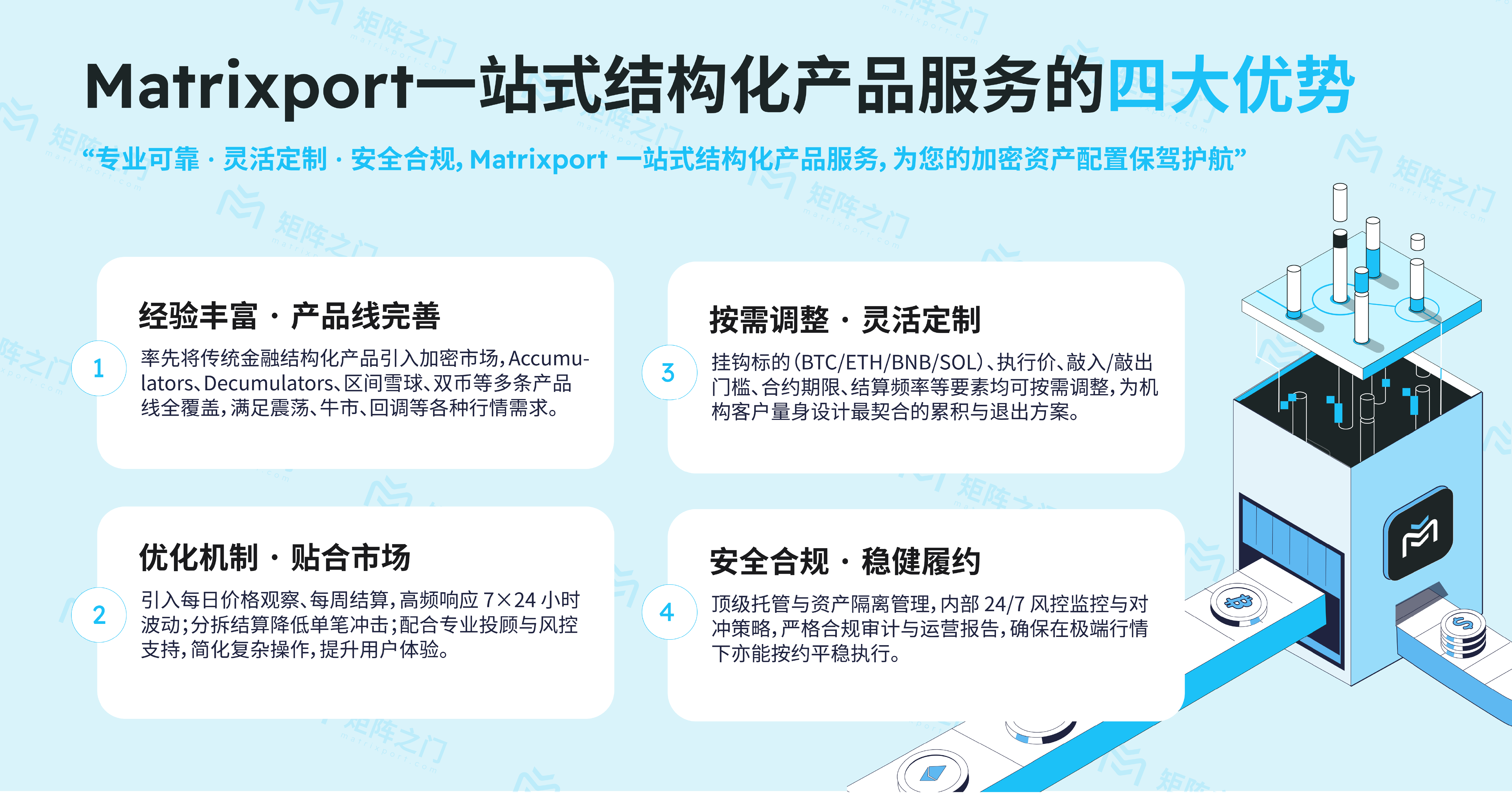1. Introduction: Public Companies Compete to Allocate Bitcoin and Crypto Assets
In 2025, the crypto market is recovering, with Bitcoin prices hitting new highs, currently around $111,192. Some public companies have begun to include Bitcoin and other digital assets in their balance sheets as strategic reserves. A report shows that 61 public companies, whose main business is not digital assets, have adopted the "Bitcoin treasury strategy," allocating part of their cash reserves to Bitcoin. Many of these companies are trying to replicate the success of MicroStrategy, which has continuously purchased Bitcoin since 2020 and now holds Bitcoin reserves worth over $63 billion, with its stock price soaring more than 30 times since 2020. Bitcoin's price broke $110,000 this year, setting a historical high and driving this wave of "Bitcoin treasury" trend. Many followers have doubled their Bitcoin holdings in just two months, collectively holding nearly 100,000 Bitcoins.
More notably, this trend is spreading from Bitcoin to other mainstream cryptocurrencies like Ethereum and Solana. The motivations for companies adopting crypto asset treasury strategies are varied: on one hand, to combat inflation and avoid the risk of fiat currency depreciation; on the other hand, to earn returns through holding and staking crypto assets while attracting a new generation of investors. For example, the U.S. Nasdaq-listed company SharpLink Gaming raised $425 million in the second quarter of 2025 and purchased 176,271 Ether, becoming the public company with the largest Ethereum holdings globally. Similarly, consumer goods company Upexi recently announced the establishment of a Solana treasury, purchasing and holding Solana tokens to enhance the company's visibility and achieve growth. Upexi's Chief Strategy Officer Brian Rudick pointed out that from a shareholder's perspective, if the company raises funds, it is better to allocate part of the funds to promising digital asset treasuries rather than investing in traditional businesses. It has been proven that these bold companies embracing crypto assets often receive positive responses from the capital markets, with stock performance outperforming their peers.
However, for enterprises or investors, making a large one-time purchase of cryptocurrencies in the open market is not an easy task: it can drive up buying costs and even cause market impact. Therefore, more and more institutions are seeking more strategic and gradual accumulation tools. In traditional finance, there is a well-known structured product that helps investors accumulate target assets in batches—this is the Accumulator product we will introduce today. This article will explain the operation principles, advantages, and risks of the Accumulator, and discuss why it is becoming the "secret weapon" for companies to lay out digital assets, while also briefly introducing Matrixport's advantageous services in this field.
2. What is an Accumulator?
An Accumulator, literally translated as "accumulator," is an over-the-counter structured derivative product originating from the stock and foreign exchange markets. It allows investors to regularly buy a certain asset at a pre-agreed execution price over a period, thereby gradually accumulating their positions. In simple terms, an Accumulator contract is equivalent to locking in a fixed buying price, allowing investors to buy regularly at this price, regardless of how the market price changes. This enables investors to continuously build positions in a volatile market, and the execution price is usually lower than the market price at the time of signing, effectively allowing for discounted asset purchases.
An Accumulator contract typically includes the following key elements:
Underlying Asset: The cryptocurrency (such as BTC, ETH, SOL, etc.) that the investor wishes to accumulate.
Strike Price: The agreed buying price, often slightly lower than the initial market price, providing a discount for the investor.
Notional Amount: The total quantity planned to be accumulated during the contract period, usually distributed into fixed daily or weekly purchase amounts.
Period and Duration: The length of time the contract lasts and the frequency of transactions (e.g., purchasing once daily or weekly).
Knock-Out Barrier: A pre-set price ceiling barrier. If the market price of the underlying asset reaches or exceeds this price during the contract period, the contract will terminate early. The knock-out clause effectively sets an "upper limit" for the contract: when the market overheats, the contract automatically ends, preventing investors from continuing to buy at high prices.
Through the above mechanism, the Accumulator allows investors to "bet" that the price will remain within the range defined by the execution price and the knock-out price during the contract period. As long as the market price remains below the knock-out price, investors can continue to buy assets at the execution price, thereby accumulating their positions; once the price breaks the knock-out price, the contract automatically ends, and investors stop further purchases.
It is important to note that Accumulator contracts differ from ordinary options—investors do not have the right to buy but rather the obligation to buy. This means that during the agreed period of the contract, regardless of market conditions, investors must purchase the agreed quantity of assets at the execution price (unless the knock-out condition is triggered). This is particularly important because it is both what makes the Accumulator attractive (forced savings, disciplined accumulation) and its risk (the obligation to perform even when the market is unfavorable).
3. Operation Principle: A Simplified Case
To better understand the operation of an Accumulator, let's design a hypothetical scenario using Bitcoin as an example:
Initial Situation: Assume the current price of BTC is approximately $106,500. A public company expects BTC to rise moderately or remain stable over the next six months and wishes to gradually buy Bitcoin without pushing up the market price.
Setting the Contract: The company signs an Accumulator contract for BTC with a financial institution, lasting 6 months. The agreed execution price is $95,000 (approximately 10% discount from the current market price), with weekly settlements, purchasing 1 BTC each week. The knock-out price is set at $130,000. This means that during the contract period, as long as the BTC price does not reach $130,000, the company can buy 1 BTC each week at $95,000.

From the above case, we can see that the core of the Accumulator's operation is: when the market trend aligns with expectations (the price does not rise significantly or fall sharply), investors can gradually buy at a fixed price lower than the market price, averaging their costs; when the market rises significantly, the product automatically stops, preventing investors from being forced to chase high prices; but if the market falls sharply, investors must continue to fulfill their obligations to buy at prices higher than the market price, facing the risk of paper losses. This "stop when rising, buy when falling" mechanism reflects the risk-return characteristics of the Accumulator, which we will further analyze in terms of its advantages and disadvantages.
4. Comparison of AQ with Selling Put Option Strategy and DCA Strategy
The Accumulator (AQ) is a structured product designed to accumulate crypto assets over the long term and reduce accumulation costs. To better understand the advantages and limitations of AQ, it is necessary to compare it with two common cryptocurrency accumulation strategies in the market:
DCA (Dollar-Cost Averaging): Also known as "dollar-cost averaging," it refers to investing a fixed amount to buy Bitcoin at regular intervals (e.g., weekly or monthly), regardless of market prices, to average costs over the long term. It is simple to operate and does not require market judgment.
Selling Put Option Strategy: This involves investors selling put options on Bitcoin in the market. If the Bitcoin price falls below the strike price, the buyer will exercise the option, and the seller will buy BTC at a lower price; if the price does not fall, the seller earns the option premium. This strategy is suitable for sideways or slightly bearish markets, providing stable returns, but in a bull market, it may not allow for purchasing BTC.

In summary, the DCA strategy is simple and easy to understand, suitable for all market conditions, but in a bull market, it can raise accumulation costs, and in a bear market, it can lead to losses; the selling put option strategy is suitable for sideways markets, earning returns through premiums or low-price purchases, but it may not allow for buying coins in a bull market; the Accumulator is more suitable for institutional investors with a long-term bullish outlook, allowing for cheap purchases during declines and timely stops during rises, balancing accumulation costs and risk control.
Therefore, for institutions with a long-term need to allocate BTC, the Accumulator strategy balances low-cost accumulation and prevents chasing high prices in a bull market, making it more advantageous than DCA and selling put options in a sideways upward market.
5. Advantages: Discounted Accumulation and Disciplined Investment

6. Risks and Considerations
Despite the many advantages of the Accumulator, investors must also fully recognize the associated risks to avoid falling into blind spots:
Market Downside Risk: The biggest risk of the Accumulator is a price decline. If the price of the underlying asset falls significantly below the execution price, investors are still required to continue buying at the execution price, which is higher than the market price, leading to unrealized losses. This has been illustrated in the previous case. Therefore, the premise of adopting the Accumulator strategy is that investors are bullish on the underlying asset in the long term and have sufficient funds and patience to continue fulfilling their obligations even in the face of interim paper losses.
Loss of Right to Regret: Once the Accumulator contract is signed, investors assume the obligation to buy and cannot unilaterally exit midway (unless a knock-out is triggered). This means that if market conditions or company strategies change, you cannot stop buying like in ordinary spot trading. For companies, this is a commitment that requires careful decision-making.
Opportunity Cost: When the market experiences extreme conditions (whether a sharp rise or fall), the preset mechanism of the Accumulator may cause investors to miss better operational opportunities. For example, if the market crashes, directly bottom-fishing in the secondary market is obviously more cost-effective than buying at the execution price, but the Accumulator does not allow you to temporarily change the price or increase the buying intensity, limiting flexibility. Conversely, if the market rises rapidly and triggers a knock-out, and continues to rise afterward, investors may miss out on buying the planned position due to the contract termination, thus enjoying less of the price increase benefits.
Product Complexity: The Accumulator is an over-the-counter structured derivative product with complex contract terms, including execution price, barrier price, observation frequency, settlement period, and various other parameters. Some Accumulators may also include additional clauses (such as double accumulation clauses: when the price falls below a certain level, the purchase amount for each period doubles), increasing the complexity and risk of the product. Therefore, investors need to ensure they fully understand the contract details and assess whether their risk tolerance matches the product. If lacking experience in this area, it is advisable to seek guidance from professional institutions.
In summary, the Accumulator is suitable for investors who are bullish on long-term value, expect price fluctuations within a range, and can bear short-term volatility risks. For example, many companies are willing to gradually buy Bitcoin and other assets as strategic reserves through such products because they have a long-term vision and strong financial strength, allowing them to withstand the pressure of short-term fluctuations while hoping to build positions at lower costs and in a more stable manner. If you are considering using an Accumulator, it is essential to conduct stress tests and risk scenario analyses to ensure that even if market trends are unfavorable, the company's financial situation can cope calmly.
7. Why Do Companies Favor Accumulators in Finance?
For companies that incorporate digital assets into their financial strategies, the Accumulator offers a unique solution that meets their needs:
A Tool for Large Purchases: Companies often make substantial purchases of cryptocurrencies. If they buy directly on an exchange in one go, it may not only push the price up but also attract market attention (even being targeted by speculators). The Accumulator allows companies to buy in small amounts over time, akin to breaking down a large purchase into dozens of smaller purchases, enhancing discretion and operational feasibility. Market participants find it difficult to detect the "big plan" behind a single purchase, thereby reducing market impact and slippage costs.
Controllable Costs, Budget-Friendly: Corporate finance typically needs to execute investments within budget constraints. Through the Accumulator, CFOs can lock in purchase prices and planned total investments before the contract, keeping future expenditures in mind. As long as the price does not trigger a knock-out, the aforementioned plan is executed steadily, without being forced to increase the budget due to rising market prices. Additionally, if market conditions exceed expectations (price surges triggering a knock-out), subsequent budgets can be saved, allowing the company to choose to observe at high levels or allocate funds for other uses, providing flexibility.
Long-Term Layout, Reducing Human Interference: Many companies are optimistic about the long-term value of Bitcoin and other crypto assets, but daily price fluctuations and public opinion noise may interfere with decision-making. The Accumulator effectively sets an automated investment plan for the company in advance, eliminating the influence of subjective emotions. Company management does not need to monitor the market daily or worry about when to buy; they only need to execute the established operations according to the contract regularly. This "long-term custodial" strategy helps companies adhere to long-term strategies without wavering due to short-term fluctuations.
Financial Flexibility and Returns: As mentioned earlier, once the assets accumulated through the Accumulator reach the target position, the company not only gains the appreciation potential of the digital assets themselves but can also use them for staking, lending, earning interest, etc., generating further returns. Many companies implementing crypto treasury strategies will pledge their holdings, for example, the aforementioned company that purchased Ethereum pledges over 95% of its ETH to earn blockchain validation rewards. Therefore, using the Accumulator for accumulation does not hinder companies from conducting financial operations on their already held crypto assets in the future; on the contrary, it opens up more diverse capital operation spaces for companies.
In conclusion, the Accumulator can help companies execute crypto asset allocation strategies more intelligently: acquiring assets without disrupting the market while conveying a professional and prudent signal to investors. This explains why we see an increasing number of institutions inquiring about and adopting such tools for digital asset investment.
8. Matrixport's Four Major Advantages: One-Stop Structured Product Services

9. Conclusion
As Bitcoin and other digital assets move into the mainstream, more and more companies are incorporating them into their long-term development strategies. In pursuing crypto asset allocation, how to buy, how to buy, and at what price to buy have become serious considerations for companies. A simple and rough one-time purchase often results in high costs and significant risks; using structured financial tools for clever layouts is undoubtedly a wiser choice.
The Accumulator is an innovative tool that helps companies and investors plan to accumulate crypto assets at low costs. By locking in discounted prices for phased accumulation and implementing knock-out stop-loss and take-profit mechanisms, the Accumulator provides investors with the opportunity to achieve an ideal average price in a volatile market. However, as we discussed, it also requires users to have confidence in the market and the ability to bear risks. For companies that firmly believe in the long-term value of Bitcoin and other digital assets, the Accumulator offers a compromise: achieving steady growth in strategic positions without being aggressive or reckless.
We hope this educational article helps readers understand the principles and application scenarios of the Accumulator product. Importantly, it raises awareness that in the rapidly changing crypto market, effectively utilizing financial tools can yield significant benefits. Matrixport is willing to be your partner in exploring the world of digital assets, providing support and services for your financial innovation journey. If your company is considering laying out crypto assets, it may be worthwhile to explore structured product portfolios, including the Accumulator—this could be the key move for your next success story.
_ (Risk Warning: Digital assets and their derivatives are highly volatile and risky; investment decisions should be made cautiously. The content of this article is for educational and communication purposes only and does not constitute any investment advice.) _
免责声明:本文章仅代表作者个人观点,不代表本平台的立场和观点。本文章仅供信息分享,不构成对任何人的任何投资建议。用户与作者之间的任何争议,与本平台无关。如网页中刊载的文章或图片涉及侵权,请提供相关的权利证明和身份证明发送邮件到support@aicoin.com,本平台相关工作人员将会进行核查。



